Programming a Hyundai key fob is a straightforward process that allows you to effortlessly control your vehicle’s locks, alarm system, and other features.
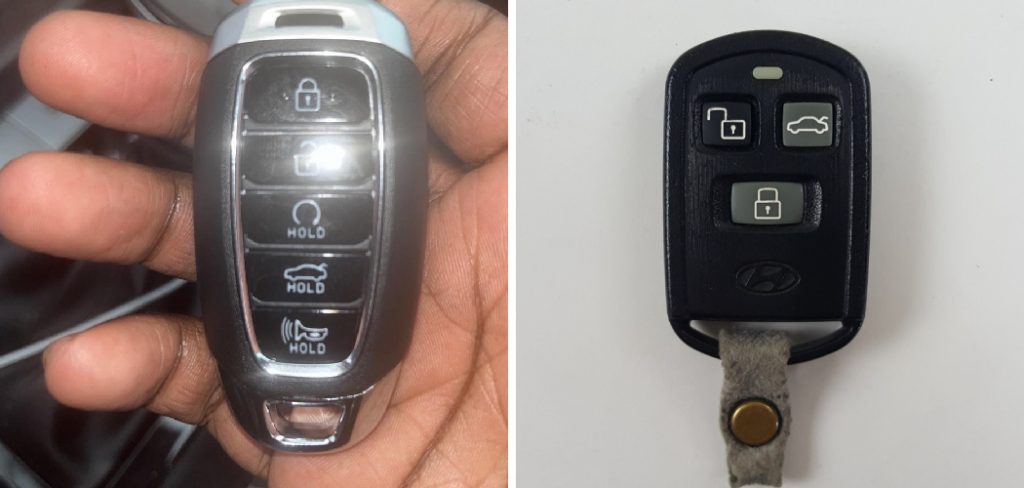
Whether you’ve replaced a lost key fob or need to reprogram an existing one, following the correct steps will ensure your key fob works seamlessly with your car. This guide will walk you through the process of how to program hyundai key fob.
Reasons for Programming a Key Fob
Programming a key fob offers several practical benefits for Hyundai owners. Firstly, it enhances convenience by enabling you to lock, unlock, and start your vehicle without fumbling for keys. This can save time in everyday situations, especially when your hands are full.
Secondly, programming a key fob ensures that it is synchronized with your specific vehicle, improving security and reducing the risk of unauthorized access. Additionally, programming a replacement key fob allows you to maintain full functionality if your original fob is lost or damaged.
For vehicles with advanced features, a programmed key fob may also allow access to remote start or trunk release features, making it an essential tool for a seamless driving experience.
Understanding Hyundai Key Fob Programming
Programming a Hyundai key fob may seem technical, but it can often be a straightforward process when following the correct steps. Typically, the process involves entering the vehicle and using a sequence of actions with the ignition, lock, and unlock buttons to sync the new key fob with your car’s system. However, the exact steps can vary based on the Hyundai model and year, so it’s essential to consult your vehicle’s owner manual or contact a dealership for guidance.
While some owners may choose to program the key fob themselves, others may prefer seeking assistance from a professional locksmith or a certified Hyundai technician to ensure proper functionality. Proper programming not only ensures that the key fob works seamlessly but also enhances security and convenience by fully integrating advanced features, such as proximity entry or remote start.
10 Methods How to Program Hyundai Key Fob
1. Identify Your Hyundai Key Fob Model
Before proceeding, the first step is to identify which model of key fob you have, as different Hyundai models and years may require different procedures.
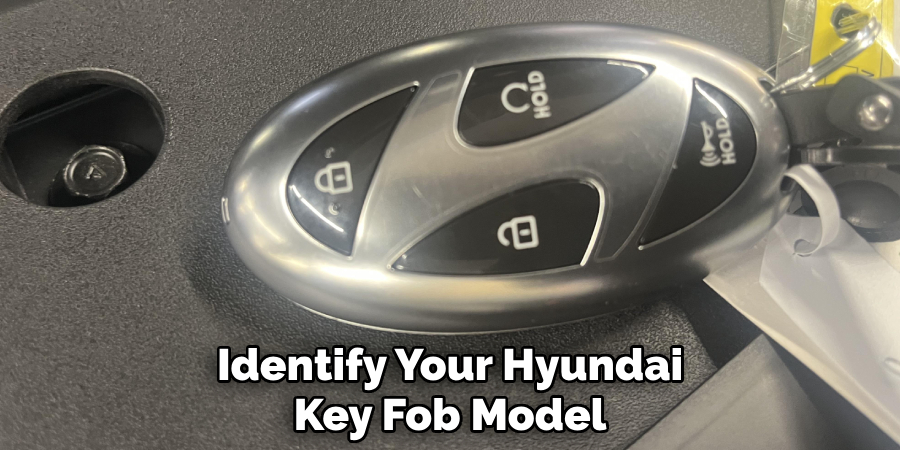
Hyundai typically uses a traditional key fob with a button for locking and unlocking, or a smart key for keyless entry and push-button start. Knowing the exact type of fob will help guide you to the right reprogramming method.
2. Gather Necessary Tools and Equipment
In most cases, you will need only the new key fob and a working key to complete the reprogramming. However, for some models, you might require additional tools like a small flathead screwdriver or access to an OBD-II scanner. Additionally, it’s always recommended to have a fresh CR2032 battery installed in your key fob before attempting reprogramming to avoid battery-related issues during the process.
3. Prepare the Vehicle for Programming
To begin the reprogramming process, ensure your vehicle is in an ideal condition. Insert the working key into the ignition and turn the car to the “On” position without starting the engine. If your vehicle has a push-to-start system, ensure that you have the working key fob inside the vehicle. Turn the ignition on or press the start button without pressing the brake pedal to activate the car’s electrical systems and enable programming mode.
4. Enter Programming Mode
To enter the programming mode, you typically need to turn the ignition on and off multiple times. Insert your working key into the ignition and turn it to the “On” position, then quickly turn it back to the “Off” position. Repeat this process several times (usually 5 or 6 times), and you should notice that the vehicle’s security light begins to flash. This indicates that the system is in programming mode and ready to accept a new key fob.
5. Insert the New Key Fob
Once you have entered programming mode, quickly insert the new key fob into the ignition slot or place the fob in proximity to the keyless entry sensor if your vehicle uses the smart key. Within a few seconds, the system should recognize the new fob and activate it. You may hear a confirmation chime or see the security light flash to indicate that the key fob has been successfully paired with the vehicle.
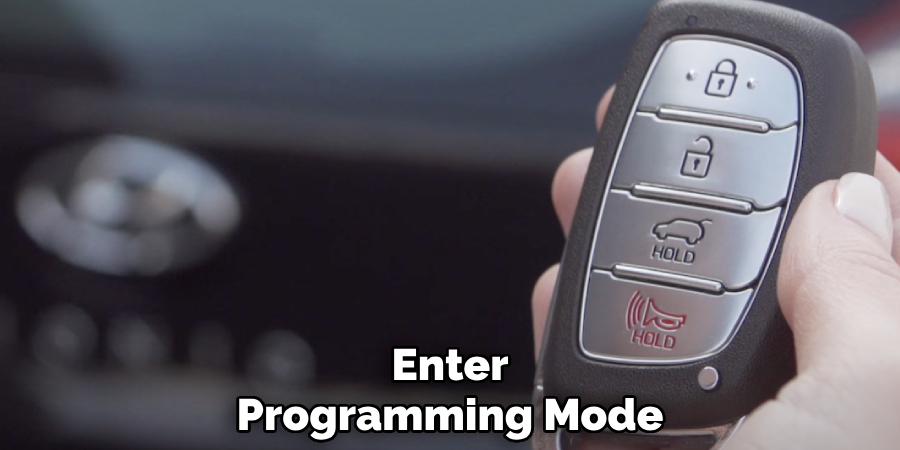
6. Test the Key Fob’s Functionality
After inserting the new key fob, it’s essential to test the functionality. Try pressing the lock and unlock buttons to see if the fob controls the vehicle’s doors. If your fob has a remote start function, test that as well. Additionally, if your vehicle uses a push-to-start system, try pressing the start button to ensure the vehicle responds. If the fob works as expected, you’ve completed the process successfully.
7. Using the OBD-II Diagnostic Tool for Programming
If manual programming through the ignition doesn’t work or your vehicle does not allow DIY reprogramming, using an OBD-II scanner may be necessary. These diagnostic tools can connect to your car’s computer system and allow you to program new key fobs. This method is typically used by dealerships or professional locksmiths. Simply connect the OBD-II scanner to the vehicle’s port under the dashboard, follow the instructions on the scanner, and program the new key fob via the device’s interface.
8. Program Multiple Key Fobs
If you need to program more than one key fob, this can typically be done during the same session. Once the first new key fob has been programmed, repeat the process with additional fobs by following the same steps. This allows you to synchronize multiple keys to the vehicle without having to repeat the entire procedure separately for each fob. Ensure that all fobs are recognized and functioning correctly before concluding the process.
9. Reprogramming Push-to-Start Key Fobs
For Hyundai vehicles equipped with push-to-start systems, the process is slightly different. With the working key fob inside the vehicle, press the “Start” button without stepping on the brake. Wait for the dashboard lights to turn on, indicating the vehicle is in programming mode. Then, place the new key fob near the push-to-start button and press the button to initiate the programming process. A confirmation chime or light should indicate the key fob has been successfully programmed.
10. Consult a Professional if Needed
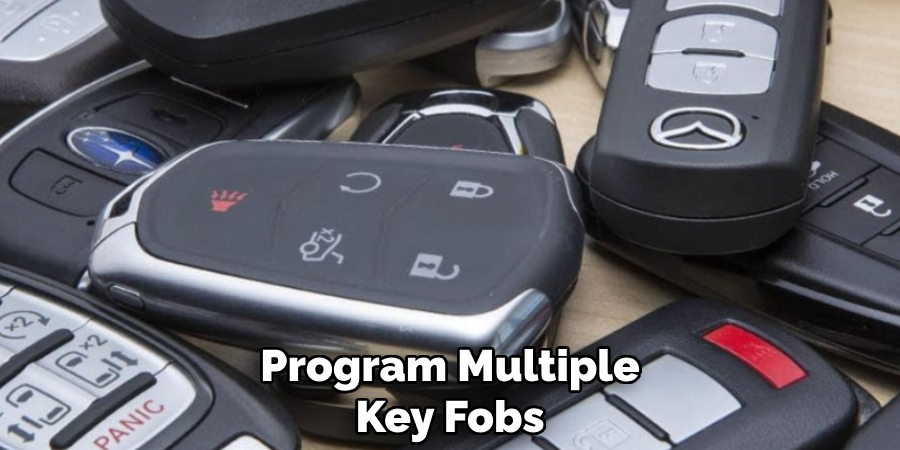
If you have attempted the above methods and are still unable to program the key fob, it may be time to consult a professional. A visit to your local Hyundai dealership or a qualified automotive locksmith is recommended in such cases. These professionals have specialized tools and access to vehicle systems that may be required for programming. Additionally, they can ensure that the new key fob is programmed correctly and syncs seamlessly with your vehicle’s security system.
Maintenance and Upkeep
To ensure your key fob continues to function optimally, regular maintenance is essential. Start by routinely checking the fob’s battery and replacing it as needed, as a weak or dead battery is a common cause of malfunction. Keep the key fob clean by wiping it down with a soft cloth to remove dirt and debris that can accumulate over time.
Avoid exposing it to extreme temperatures or moisture, as these can damage its internal components. Additionally, store the key fob in a safe place when not in use to prevent physical damage or accidental loss. By taking these simple steps, you can extend the lifespan of your key fob and maintain its reliability.
Troubleshooting Common Issues
Even with proper care, key fobs can sometimes experience issues. One of the most common problems is a non-responsive key fob. If this occurs, start by checking the battery and replacing it if necessary. Ensure the battery is seated correctly and the contacts are clean. Another issue may involve interference from electronic devices or nearby signals that can disrupt the fob’s connection to your vehicle.
Moving to a different location or removing surrounding electronics may resolve this. If buttons feel stuck or unresponsive, carefully inspect the fob for debris or dirt, and clean it gently with a soft, dry cloth. For more complex problems, such as programming errors or internal damage, consult your vehicle’s user manual or seek assistance from a professional locksmith or dealership. Taking these steps can help you quickly identify and resolve issues to keep your key fob functioning smoothly.
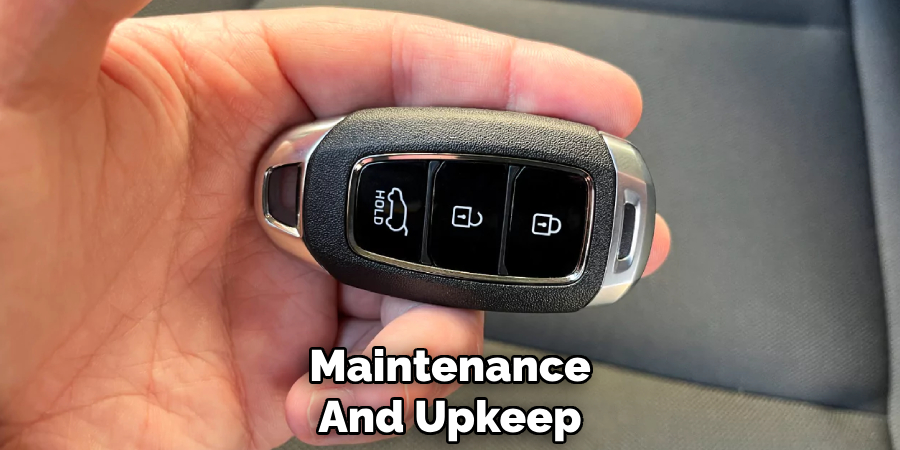
Conclusion
Reprogramming a Hyundai key fob is generally a simple process that you can do on your own, provided you have the correct tools and follow the necessary steps. Whether you are replacing a lost key, adding a spare, or troubleshooting an issue, the above methods should guide you through the process.
If manual programming fails or your vehicle requires more advanced tools, seeking professional assistance is always a good option to ensure proper key fob integration with your vehicle. So, there you have it – a quick and easy guide on how to program hyundai key fob.
About
Safety Fic is a distinguished figure in the world of Diy design, with a decade of expertise creating innovative and sustainable Diy solutions. His professional focus lies in merging traditional craftsmanship with modern manufacturing techniques, fostering designs that are both practical and environmentally conscious. As the author of diy, Safety Fic delves into the art and science of Safety Fic-making, inspiring artisans and industry professionals alike.
Education RMIT University
(Melbourne, Australia) Associate Degree in Design (Safety Fic) Focus on sustainable design, industry-driven projects, and practical craftsmanship. Gained hands-on experience with traditional and digital manufacturing tools, such as CAD and CNC software.
Nottingham Trent University
(United Kingdom) Bachelor’s in diyfastly.com and Product Design (Honors) Specialized in product design with a focus on blending creativity with production techniques. Participated in industry projects, working with companies like John Lewis and Vitsoe to gain real-world insights.
Publications and Impact
In diy, Safety Fic his insights on indoor design processes, materials, and strategies for efficient production. His writing bridges the gap between artisan knowledge and modern industry needs, making it a must-read for both budding designers and seasoned professionals.
